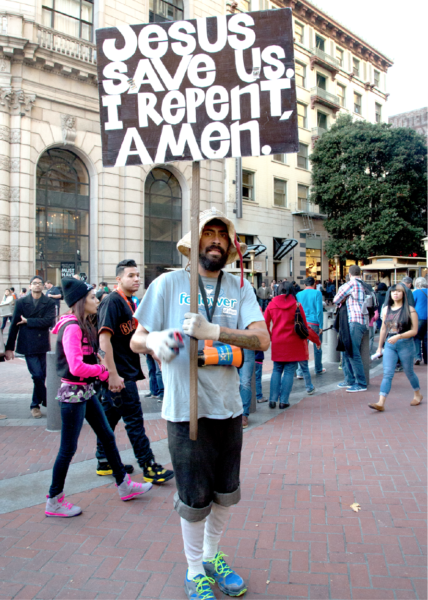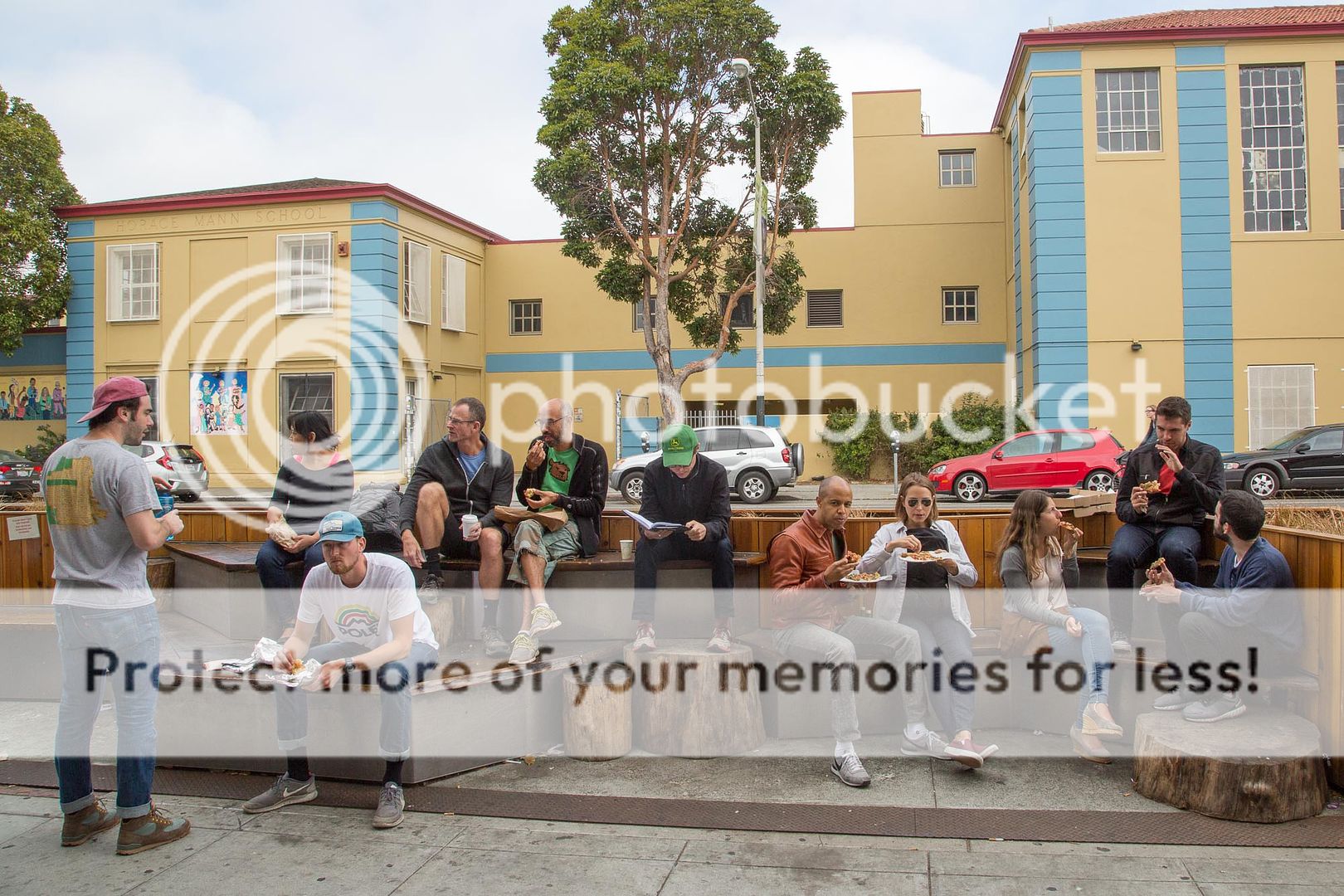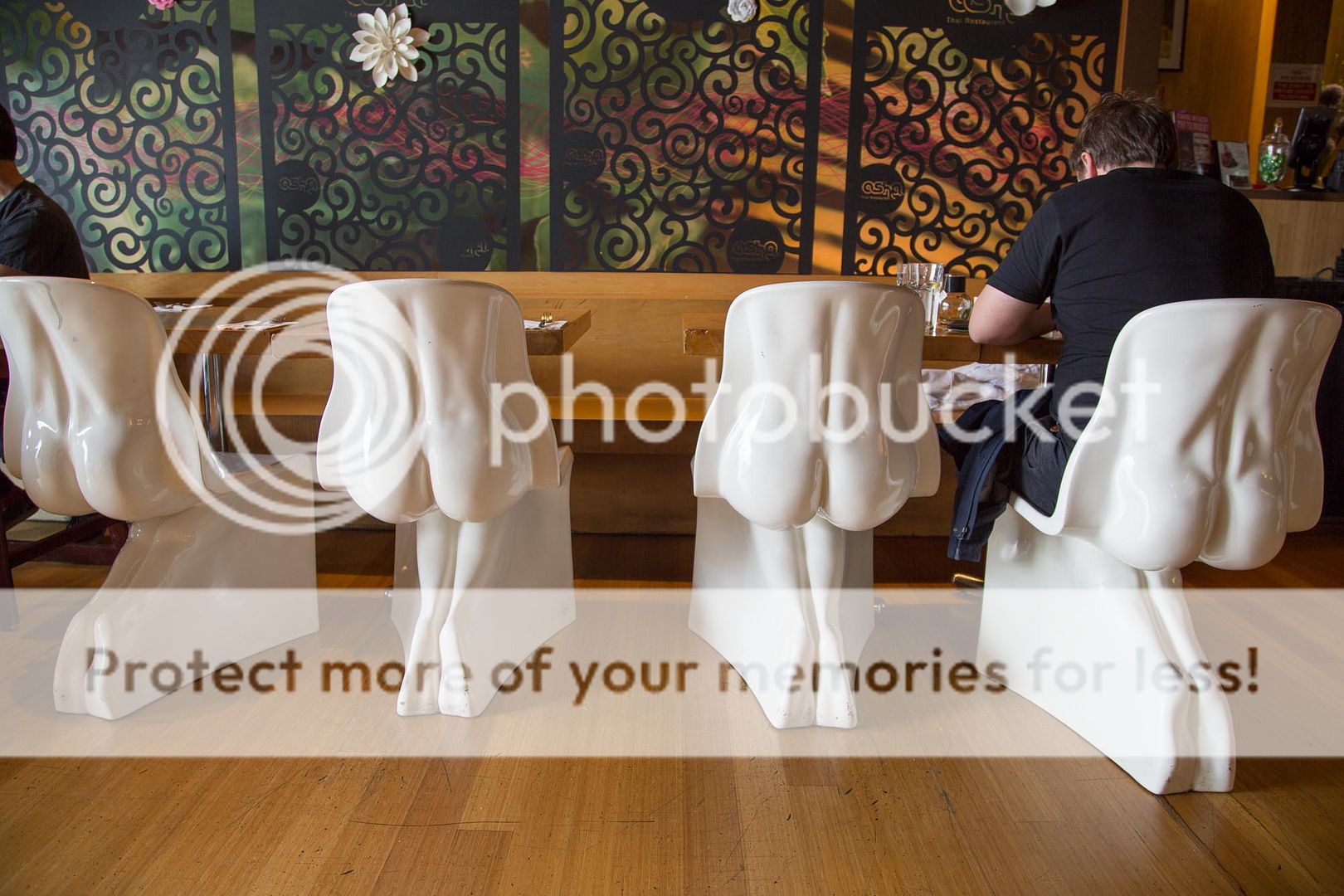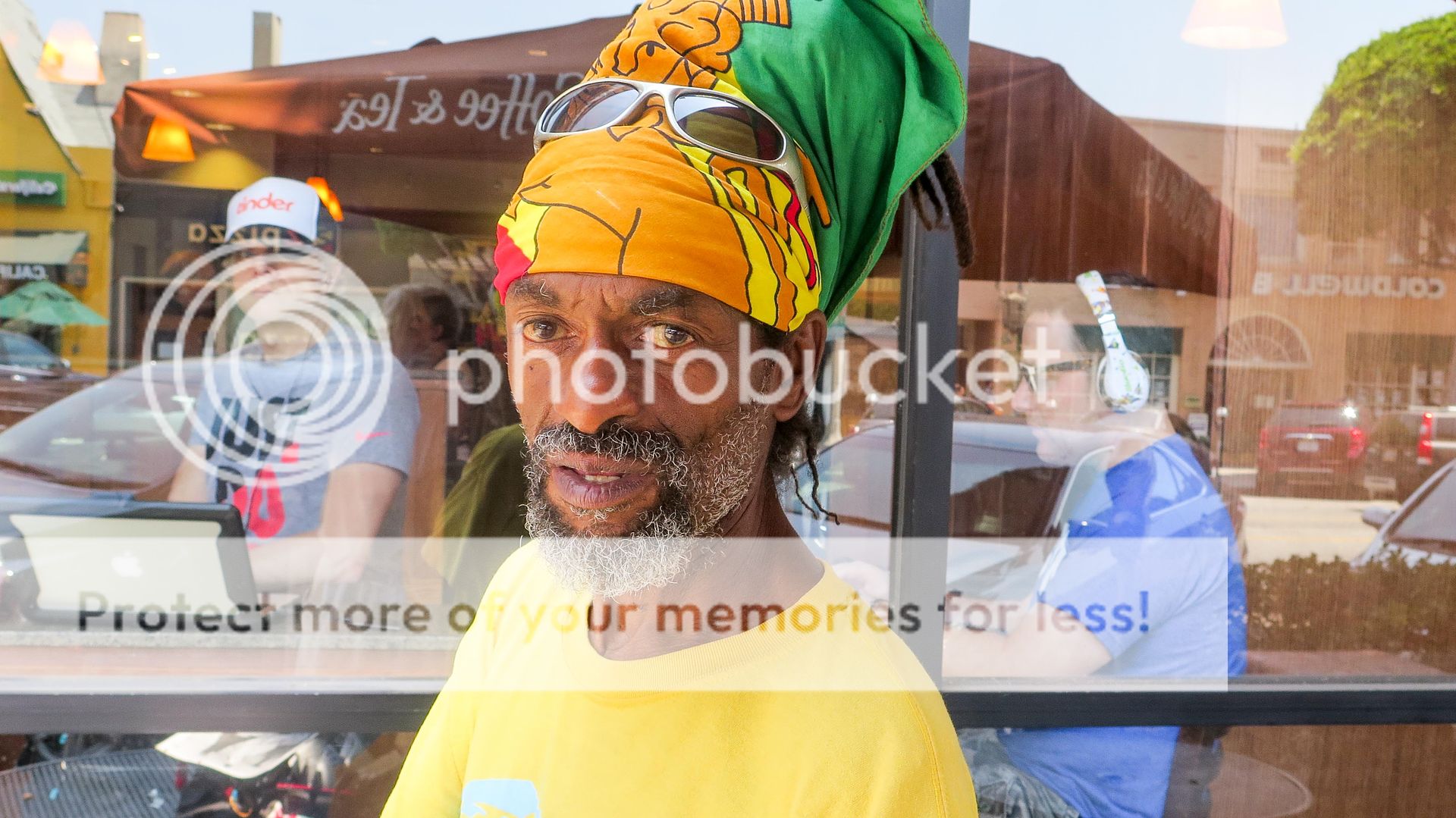I started to work on it in early 2015. This time, the process took me much longer. In “Soy Cubano”, I used my sayings (which someone coined as “Mannyisms”) to comment on the images. I intended to do the same with this book as well, until a friend asked me if I would write stories instead. I knew that those stories, or reflections, needed to be short. It takes me much longer to write a short story that the longer ones that you receive every Friday (like this one). In March 2015, I participated in a Photography Workshop Seminar in Santa Fe, New Mexico, taught by the renowned National Geographic photographer Sam Abel. He liked my images, but when during his class he mentioned that “less is more”, I decided to cut the number of my images down. But how many? Sam suggested the number 42. When I returned home to San Francisco, I discovered the meaning of this number (which you will learn about in the book’s introduction).
Thus, the title of the book became “42 Encounters in San Francisco”. This also led me to change the title for my Friday stories to “My Encounters”. I did not realize at that time that the process of producing a series of books with the title “42 Encounters” had just begun. But first I had to select forty-two images and write forty-two stories. On the weekends, I would go out on the streets of San Francisco to encounter and photograph people. During the week, I only had a few hours in the evenings to work on the images, to select the right ones, to replace them with the new ones, do research for the historical notes, to read books about San Francisco’s history, and to write my own stories. All of this while continuing to write stories and finding the right images for the weekly “My Encounters”. While working on the first book, new ideas would come to me. Soon after, I realized that I had enough images for my second book, “42 Encounters with Couples in San Francisco”. Then someone suggested producing forty-two books of “42 Encounters”. I liked the idea. I already have many images for other encounters, for different themes like “42 Encounters with Dog Lovers”, for example. So I decided to continue this process for the next 21 years. During this time, I am planning to publish two books a year, thus by my 90th birthday you will have a collection of forty-two “42 Encounters” books. You can participate in the project by sticking around. Enjoy and Share.
P.S. Today’s four images are from the book. It will be available for purchase to you and your friends quite soon. I hope you will read it, share it with others. Please also write your comments at 42comments.com, or @Encounterspublishing.com. All proceeds from the sale of my books will go into forming a foundation, whose mission will be to help the young and the young at heart people see, capture and share the beauty of the world through the lens of a camera.
Do Not Keep Me As A Secret!
Smile And Please SHARE It With A Friend!
Cheers,
































